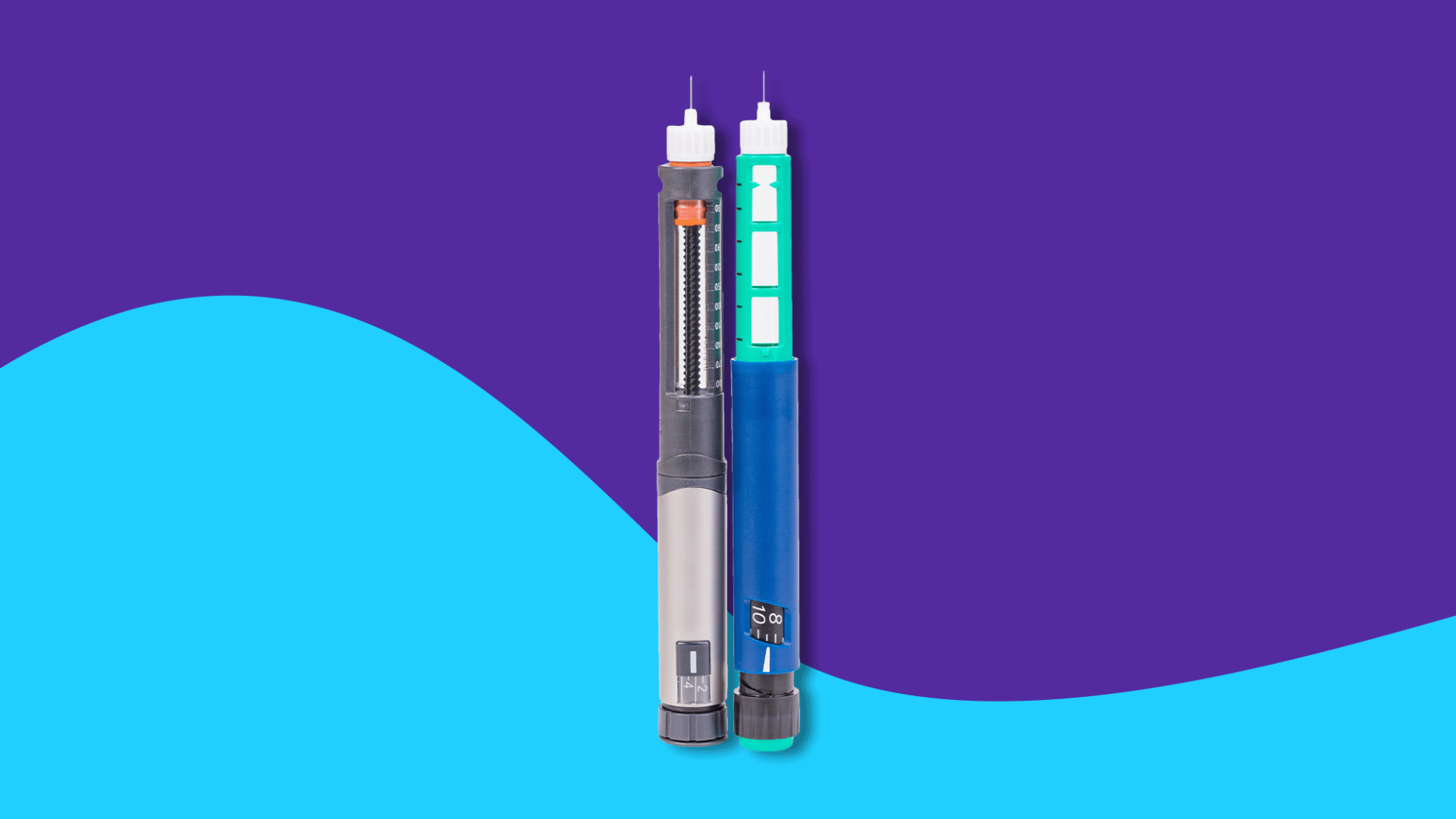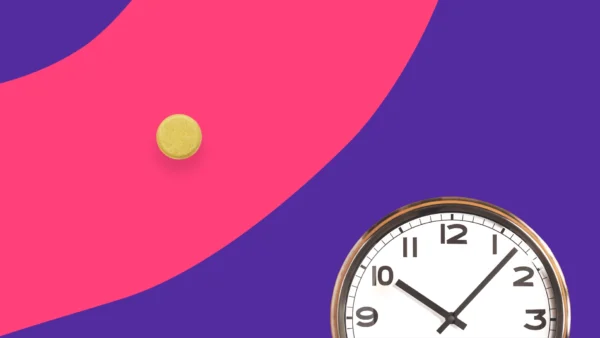Compare Lantus Solostar alternatives | Semglee | Basaglar | Toujeo | Levemir | Tresiba | Natural alternatives | How to switch meds
Insulin is a naturally occurring hormone that helps the body regulate blood sugar, or glucose, levels and provides cells with energy. Diabetes mellitus, more commonly known simply as diabetes, is a condition in which the body’s ability to produce or respond to the hormone insulin is impaired, resulting in high blood sugar. In people with Type 1 diabetes, the pancreas no longer makes insulin and insulin shots are needed to utilize the sugars from food. Those with Type 2 diabetes may still make insulin, but it may not be in sufficient amounts or their bodies don’t respond well to the insulin that is available (known as insulin resistance). If diet and exercise alone are not sufficient to reduce blood sugar levels, many people with Type 2 diabetes, after treatment with antidiabetic medicines such as metformin or thiazolidinediones, will need insulin injections.
Lantus Solostar (insulin glargine) is a brand-name, long-acting insulin pen, manufactured by Sanofi US, and approved by the U.S. Food and Drug Administration (FDA) to help control blood sugar levels in people with Type 1 or Type 2 diabetes. Lantus Solostar is a prefilled pen and is dosed as a subcutaneous injection once daily at the same time each day. Long-acting insulins, also called basal or background insulins, do not have a peak like shorter-acting insulins. They typically reach the bloodstream several hours after injection and work to lower glucose levels for up to 24 hours. These are often combined with short- or rapid-acting insulin analog products such as insulin lispro.
What can I take in place of Lantus Solostar?
While Lantus Solostar is an effective treatment for many, it may not be the best option for everyone. For various reasons, such as cost, side effect profile, or hypersensitivity to the active or inactive ingredients, an alternative diabetes treatment may be necessary. If that is the case, there are other long-acting insulin products available in a pen device as well as vials that can be considered in consultation with one’s healthcare provider. Continue reading to learn more about Lantus Solostar alternatives, their possible side effects, and other important information.
Compare Lantus Solostar alternatives |
|||
|---|---|---|---|
| Drug name | Uses | Dosage | Savings options |
| Lantus Solostar (insulin glargine) | Treatment of diabetes mellitus | Type 1: Start at one-third of total daily insulin requirement
Type 2: Start 0.2 units/kg/day up to 10 units |
Lantus Solostar coupons |
| Lantus vial (insulin glargine) | Treatment of diabetes mellitus | Type 1: Start at one-third of total daily insulin requirement
Type 2: Start 0.2 units/kg/day up to 10 units |
Lantus vial coupons |
| Semglee prefilled pen (insulin glargine-yfgn) | Treatment of diabetes mellitus | Type 1: Start at one-third of total daily insulin requirement
Type 2: Start 0.2 units/kg/day up to 10 units |
More details |
| Semglee vial (insulin glargine) | Treatment of diabetes mellitus | Type 1: Start at one-third of total daily insulin requirement
Type 2: Start 0.2 units/kg/day up to 10 units |
No coupons available at this time. |
| Basaglar KwikPen (insulin glargine) | Treatment of diabetes mellitus | Type 1: Start at one-third of total daily insulin requirement
Type 2: Start 0.2 units/kg/day up to 10 units |
Basaglar KwikPen coupons |
| Toujeo U-300 Solostar (concentrated insulin glargine) | Treatment of diabetes mellitus | Type 1: Start 33-50% of total daily insulin requirement
0.5-1 units/kg/day Type 2: Start 0.2 units/kg/day daily |
Toujeo U-300 Solostar coupons |
| Toujeo U-300 Max Solostar (concentrated insulin glargine) | Treatment of diabetes mellitus | Type 1: Start 33-50% of total daily insulin requirement
0.5-1 units/kg/day Type 2: Start 0.2 units/kg/day daily |
Toujeo U-300 Max Solostar coupons |
| Levemir Flextouch (insulin detemir) | Treatment of diabetes mellitus | Type 1: Start at one-third of total daily insulin requirement
Type 2: 10 units or 0.1-0.2 units/kg once daily or divided into twice daily regimen |
Levemir Flextouch coupons |
| Levemir vial (insulin detemir) | Treatment of diabetes mellitus | Type 1: Start at one-third of total daily insulin requirement
Type 2: 10 units or 0.1-0.2 units/kg once daily or divided into twice daily regimen |
Levemir vial coupons |
| Tresiba Flextouch (insulin degludec) | Treatment of diabetes mellitus | Type 1: Start 33-50% of total daily insulin requirement
0.2-0.4 units/kg/day Type 2: 10 units once daily |
Tresiba Flextouch coupons |
| Tresiba vial (insulin degludec) | Treatment of diabetes mellitus | Type 1: Start 33-50% of total daily insulin requirement
0.2-0.4 units/kg/day Type 2: 10 units once daily |
Tresiba vial coupons |
Other alternatives to Lantus Solostar
Top 5 Lantus Solostar alternatives
If cost is the most important concern, there is typically a significant cost savings when using vials (and syringes) as compared to prefilled pens. However, many people feel that the convenience of using a pen delivery system provides a better quality of life and is worth the additional cost. There are also lower-cost generic drugs for some of the brand-name drugs available.
The following are some of the most common alternatives (both prefilled pens and multi-dose vials) to Lantus Solostar.
1. Semglee
Semglee contains a slightly different form of insulin glargine called insulin glargine-yfgn. But since it’s a biosimilar insulin to Lantus, there are no clinically meaningful differences between the two products. Semglee is available in prefilled pens or vials, and dosing, as with Lantus, is individualized based on the patient’s needs.
Semglee has the same side effect profile as Lantus, including serious side effects such as low blood sugar levels (hypoglycemia), low potassium levels in the blood (hypokalemia), and severe allergic reactions. The most common side effects associated with Semglee, and all insulin glargine products, are weight gain and injection site reactions such as rash, redness, pain, and itching.
An important difference between these two insulins is the cost. Because Semglee, made by Mylan Pharmaceuticals, was introduced as a more affordable, biosimilar option to Lantus, the out-of-pocket cost for Semglee is less.
2. Basaglar
Basaglar, manufactured by Eli Lilly and Co., is another insulin glargine product and was the first biosimilar insulin to be approved by the FDA. Basaglar is only available as a prefilled pen (Basaglar Kwikpen). Although Basaglar works similarly to Lantus, including the same structural makeup and blood sugar-lowering effects, their chemical formulations are slightly different, so those using one cannot simply switch to the other insulin without their healthcare provider’s guidance.
Basaglar has the same side effect profile as Lantus including serious side effects such as hypoglycemia, hypokalemia, and severe allergic reactions. Because the formulations are slightly different, adverse events such as slower absorption times or skin irritation may occur with one insulin and not the other. As with Semglee, Basaglar was introduced as a more affordable option to Lantus.
3. Toujeo
Both Toujeo and Lantus, manufactured by Sanofi US, contain insulin glargine however there is one key difference—Toujeo is more concentrated, with 300 units of insulin glargine per mL compared to the 100 units per mL of Lantus. Toujeo comes in a prefilled pen (also called SoloStar) and to prevent confusion with the Lantus Solostar pen it is designed to deliver one-third of the unit those who use the Lantus Solostar pen get per click, meaning that when switching from Lantus to Toujeo the same number of clicks on the one pen give the same units of insulin on the other pen.
In a clinical study, Toujeo demonstrated similar efficacy as Lantus, however, those using Toujeo were 60 percent less likely to have severe hypoglycemic incidents than those taking Lantus. Other than a reduction in hypoglycemic events, the common side effects were similar to those adverse events previously mentioned for insulin glargine—weight gain and injection site reactions.
Because Toujeo is more concentrated than Lantus it is a good option for those who require a larger amount of insulin per daily dose. Based on the cost per unit of insulin glargine, Toujeo is slightly less expensive than Lantus.
RELATED: Toujeo vs. Lantus: Differences, similarities, and which is better for you
4. Levemir
Both Levemir, or insulin detemir, and Lantus are basal insulins. Although very similar in activity, the formulations are slightly different as are the clinical indications. For example, Levemir is approved for those two years or older while Lantus is approved for those aged six and older. Levemir, manufactured by Novo Nordisk, may be injected once or twice daily whereas Lantus is typically only injected once per day. Like Lantus, Levemir is available in prefilled pens (called Flextouch) and vials.
A clinical study found Levemir and Lantus to be equally effective in the management of blood glucose levels with no significant differences in the safety profile. Minor differences in side effects between the two included less weight gain in those using Levemir and fewer skin reactions at the injection site in those using Lantus. Unit for unit, Levemir is slightly more expensive than Lantus.
RELATED: Levemir vs. Lantus: Differences, similarities, and which is better for you
5. Tresiba
Tresiba, or insulin degludec, is an ultra-long-acting insulin that lasts up to 42 hours as compared to Lantus which lasts 24 to 36 hours, depending on its concentration. Both insulins are given by injection once per day. Tresiba, manufactured by Novo Nordisk, is approved for those as young as one year old. It is available in prefilled pens (called Tresiba Flextouch) and vials.
Because both Tresiba and Lantus are long-acting insulins their side effect profiles are similar and include hypoglycemia, hypokalemia, severe allergic reactions, weight gain, and injection site reactions. In clinical studies, both Tresiba and Lantus were equally effective at improving blood sugar levels in adults and children with Type 1 or Type 2 diabetes. It was also found that Tresiba might be better than Lantus at preventing severe hypoglycemia at nighttime.
Tresiba may cost more than two to three times the price of insulin glargine products, depending on the pharmacy and the type of prescription coverage one has.
RELATED: Tresiba vs. Lantus: Differences, similarities, and which is better for you
Natural alternatives to Lantus Solostar
When someone is diagnosed with Type 2 diabetes mellitus, it is very common that diet and exercise are initially recommended by organizations such as the American Diabetes Association to manage blood glucose levels. Adopting a healthier lifestyle can sometimes even reverse Type 2 diabetes. Those diagnosed with Type 1 diabetes must take insulin in order to manage blood glucose levels and there are no natural alternatives.
There have also been some recent studies showing certain supplements may be beneficial in lowering glucose levels. Some examples include apple cider vinegar, barley and fiber, chromium, zinc, aloe vera, berberine, cinnamon, fenugreek, gymnema, and nopal. These supplements should never take the place of prescription drugs for glucose control but may be discussed with your healthcare provider as a potential adjunct to your medication.
How to switch to a Lantus Solostar alternative
Because of the number of different basal insulin options, those with diabetes may make the decision to switch. Reasons for changing types of insulin include allergic reactions, worsening blood glucose levels, adherence issues, poor injection technique, adverse events, and patient preferences. If cost is a reason for switching medications, presenting a SingleCare prescription discount card at a local pharmacy can help to lower costs. The decision to switch from Lantus Solostar to another form of insulin or a different injection device should be made in consultation with the prescribing healthcare professional to ensure getting the appropriate medical advice and proper training on the use of the device. When switching it is also important to carefully monitor blood sugar levels more frequently to ensure the appropriate insulin dose is being given.











